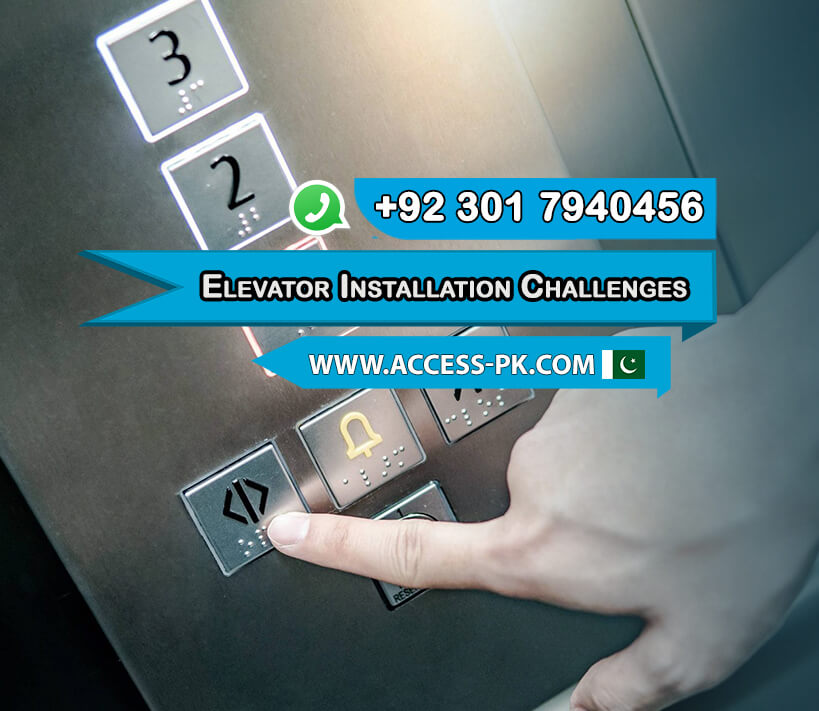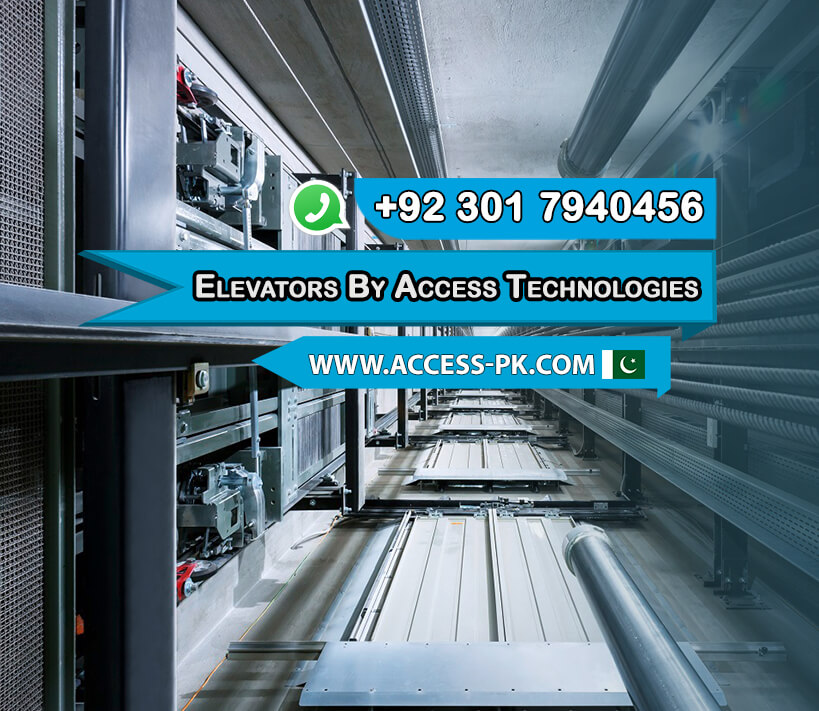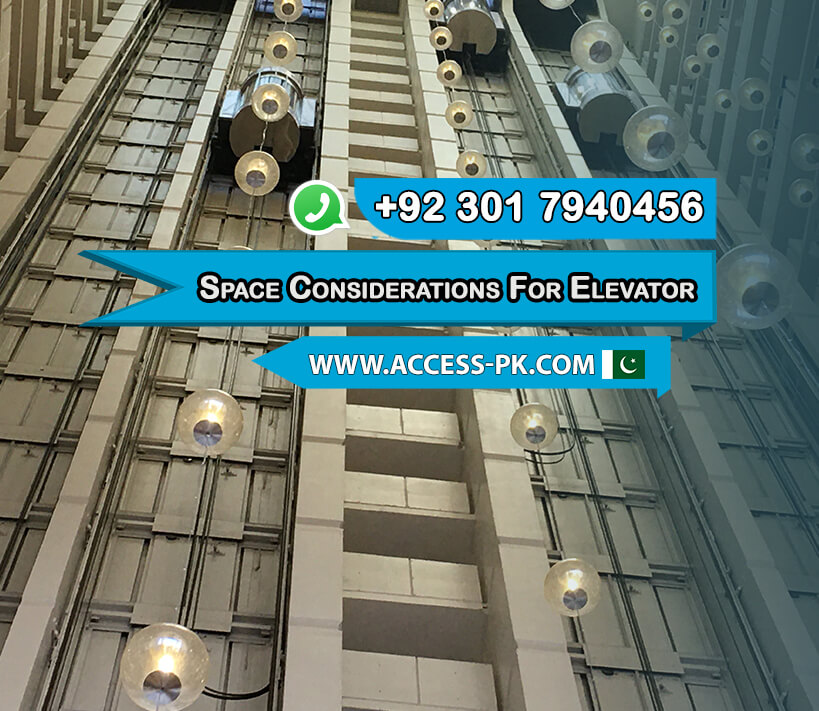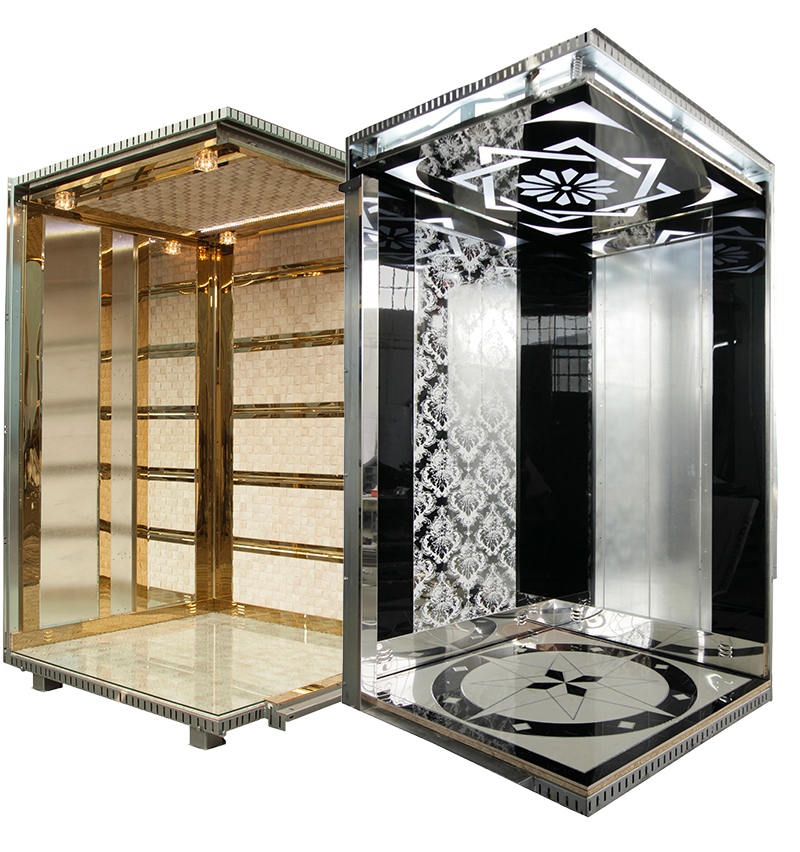When considering the elevator installation cost for a 6-story building with basement, various factors come into play. Access Technologies, owned by Imran Rafi, offers comprehensive solutions tailored to your needs. Initially, the type of elevator significantly impacts the overall cost. For instance, hydraulic elevators tend to be less expensive upfront but might incur higher maintenance costs over time. On the other hand, traction elevators, though pricier initially, offer better energy efficiency and lower long-term expenses. Consequently, the choice of elevator technology can greatly influence your budget.
Additionally, the building’s specific characteristics affect the elevator installation cost for a 6-story building with basement. For example, the architectural design and available space play crucial roles. A building with ample shaft space may reduce installation complexity, thereby lowering costs. Conversely, older buildings or those with limited space might require significant modifications, increasing expenses. Moreover, local building codes and regulations also impact the cost. Compliance with these codes ensures safety and functionality but may add to the overall budget.
Finally, the elevator installation cost for a 6-story building with basement includes several auxiliary expenses. These often encompass the cost of permits, inspections, and additional safety features. Regular maintenance and potential future upgrades should also be factored into the budget. Understanding these auxiliary expenses helps in planning a realistic budget and avoiding unexpected costs. By considering all these factors, you can better estimate the overall investment required for installing an elevator in your building.
Elevator Installation Challenges in a 6-Story Building

When considering the elevator installation cost for a 6-story building, various factors come into play. Access Technologies, owned by Imran Rafi, offers comprehensive solutions tailored to your needs. Initially, the type of elevator significantly impacts the overall cost. For instance, hydraulic elevators tend to be less expensive upfront but might incur higher maintenance costs over time. On the other hand, traction elevators, though pricier initially, offer better energy efficiency and lower long-term expenses. Consequently, the choice of elevator technology can greatly influence your budget. Additionally, the building’s specific characteristics affect the elevator installation cost for a 6-story building. For example, the architectural design and available space play crucial roles. A building with ample shaft space may reduce installation complexity, thereby lowering costs.
Space Constraints
Space constraints significantly affect the elevator installation cost for a 6-story building. In many cases, existing structures may not have been designed with elevators in mind, resulting in limited space for the necessary shaft and machinery. This situation often requires structural modifications, such as reinforcing floors and walls, to create adequate space for the elevator. Additionally, the type of elevator chosen can mitigate some of these challenges. For instance, machine-room-less (MRL) elevators can be an efficient solution for buildings with limited space as they do not require a separate machine room. However, these elevators can be more expensive, impacting overall elevator prices. Consequently, addressing space constraints effectively is crucial for a successful and cost-efficient installation.
Shaft Construction
Shaft construction is another critical factor influencing the elevator installation cost for a 6-story building. Building a new shaft or modifying an existing one involves significant structural work, which can escalate costs. The material used for the shaft, such as steel or concrete, also affects the budget. Moreover, precision in shaft alignment is vital to ensure the smooth operation of the elevator, requiring skilled labor and advanced tools. Ensuring that the shaft meets all safety standards and building codes is essential, which can further increase expenses. Thus, careful planning and execution of shaft construction are paramount to control costs and ensure a successful installation.
Weight and Load Capacity
Weight and load capacity are crucial considerations that impact the elevator installation cost for a 6-story building. The elevator must be designed to handle the expected traffic and weight loads efficiently. Higher load capacities typically require more robust and expensive components, such as stronger motors and more durable cables. Additionally, ensuring that the building’s structure can support the elevator’s weight is essential, which might necessitate structural reinforcements. This aspect not only affects the initial installation cost but also influences ongoing maintenance expenses. Consequently, optimizing the elevator’s weight and load capacity is vital for both safety and cost-efficiency, ensuring it meets the building’s requirements without unnecessary expenditure.
Elevator Capacity and Traffic for a 6-Story Structure

Elevator capacity and traffic management are critical aspects when evaluating the elevator installation cost for a 6-story building. Efficiently managing traffic flow in a multi-story building ensures that all occupants experience minimal wait times and maximum convenience. For instance, during peak hours, elevators must accommodate a large number of users efficiently. Therefore, determining the appropriate elevator capacity is essential. Larger elevators can handle more passengers per trip but may require more substantial structural support and higher installation costs. Conversely, smaller elevators might necessitate additional units to manage traffic effectively, which can also increase overall elevator prices.
Understanding traffic patterns within the building is also crucial. Factors such as the building’s primary function, whether residential, commercial, or mixed-use, influence elevator usage patterns. For example, office buildings typically experience peak traffic during morning arrivals, lunch breaks, and evening departures. In contrast, residential buildings might see more evenly distributed usage throughout the day. By analyzing these patterns, planners can optimize elevator operations to reduce congestion and improve efficiency. Consequently, proper assessment of elevator capacity and traffic flow not only enhances user experience but also plays a significant role in managing the elevator installation cost for a 6-story building.
6-Story Building Elevators By Access Technologies

Access Technologies, renowned for its expertise in elevator solutions, offers tailored elevators for 6-story buildings that address unique architectural and functional requirements. Their approach considers all factors affecting the elevator installation cost for a 6-story building, ensuring a balance between functionality and budget. They provide both hydraulic and traction elevators, each with distinct advantages. Hydraulic elevators, although less costly initially, are ideal for buildings with moderate traffic. Conversely, traction elevators, while more expensive upfront, offer better energy efficiency and lower long-term costs. This comprehensive approach ensures that clients receive solutions that meet their specific needs and budget constraints.
Moreover, Access Technologies emphasizes quality and safety in their elevator installations. By adhering to stringent building codes and utilizing advanced technologies, they ensure that every installation is both reliable and safe. Regular maintenance services provided by the company further enhance the longevity and performance of their elevators. Additionally, their customer-centric approach means that they work closely with clients to understand their needs and provide personalized solutions. This commitment to excellence not only reduces the elevator installation cost for a 6-story building over time but also ensures that the elevators operate efficiently and safely, providing value for money and peace of mind for building owners.
Space Considerations for Elevator Installation in a 6-Story Building

When planning an elevator installation in a 6-story building, understanding the space considerations is crucial to ensure a smooth and efficient process. Proper allocation of space directly impacts the elevator installation cost for a 6-story building, as well as overall elevator prices. The key factors to consider include shaft dimensions, pit and overhead space, and landing area size. Each of these elements plays a significant role in the functionality and safety of the elevator system. By carefully addressing these space considerations, building owners can optimize their investment and ensure compliance with regulatory standards, ultimately contributing to a seamless integration of the elevator within the building structure.
Shaft Dimensions
Shaft dimensions are a critical aspect of elevator installation, influencing both the cost and the efficiency of the system. The elevator shaft must be precisely measured to accommodate the elevator car and counterweights, allowing for smooth and safe operation. For a 6-story building, the shaft dimensions must account for the height of the building and the space needed for the machinery. Ensuring accurate shaft dimensions can significantly affect the elevator installation cost for a 6-story building, as it prevents potential structural modifications and adjustments that may arise from miscalculations. Moreover, the width and depth of the shaft are determined by the type of elevator and its capacity, directly impacting elevator prices. Adequate planning of the shaft dimensions not only ensures compliance with safety standards but also enhances the efficiency and longevity of the elevator system.
Pit and Overhead Space
The pit and overhead space are essential components in the design of an elevator system, directly influencing the installation process and costs. The pit, located at the bottom of the shaft, must be deep enough to house the elevator’s buffer systems and provide space for maintenance activities. On the other hand, the overhead space at the top of the shaft must accommodate the elevator’s hoisting mechanisms and allow for safe movement of the elevator car to its highest stop. In a 6-story building, both pit and overhead space dimensions must be meticulously planned to avoid costly adjustments and ensure the system’s reliability. Inadequate pit or overhead space can lead to increased elevator installation costs for a 6-story building and affect overall elevator prices due to the need for additional structural modifications. Properly designed pit and overhead spaces are crucial for the safe and efficient operation of the elevator.
Landing Area Size
The landing area size is another vital consideration for elevator installation in a 6-story building. This space, located on each floor where the elevator doors open, must be sufficient to ensure safe and comfortable access for passengers. The dimensions of the landing area affect the installation process, as they must align with the elevator car’s size and the building’s floor plan. Adequate landing area size contributes to efficient passenger flow and accessibility, which is particularly important in multi-story buildings. When planning the elevator installation, building owners must ensure that each landing area is compliant with accessibility standards, providing enough space for individuals, including those with mobility aids. The proper design of landing areas can influence the elevator installation cost for a 6-story building and overall elevator prices, as it may require adjustments to the building’s existing floor plan. Ensuring appropriate landing area sizes enhances the user experience and safety, making it a critical aspect of the installation process.




